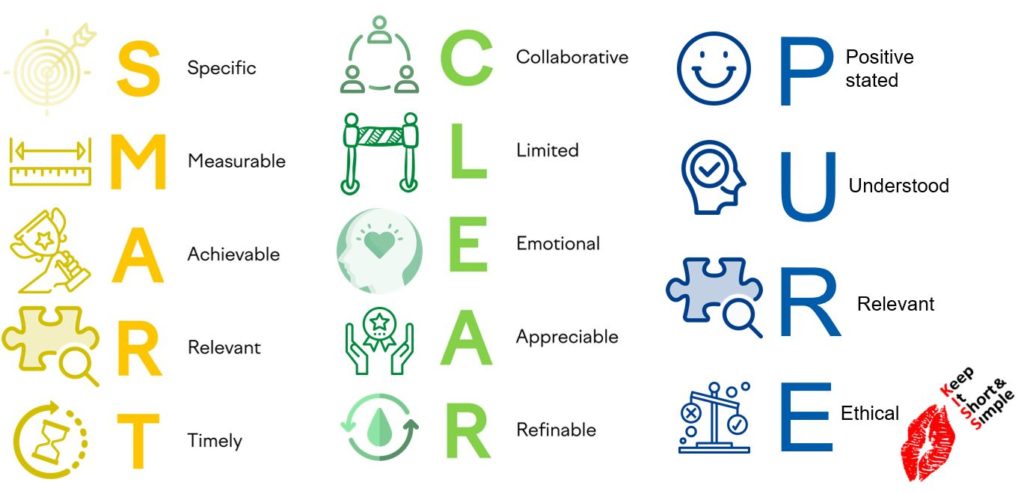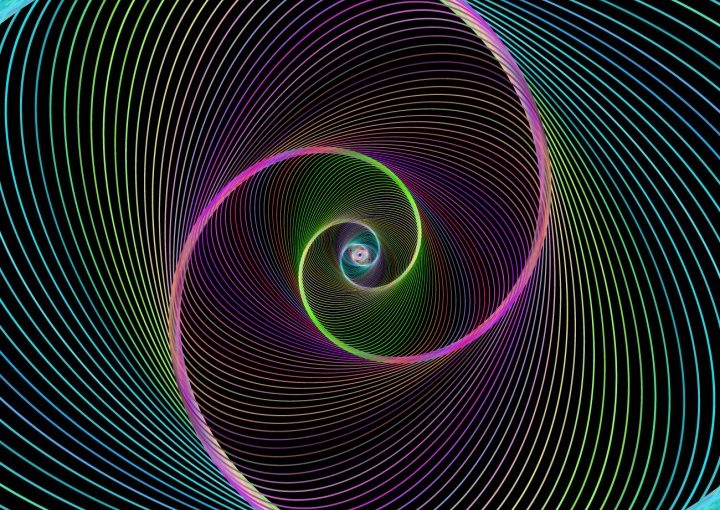“Without reflection, we go blindly on our way, creating more unintended consequences, and failing to achieve anything useful.” – Margaret J. Wheatley
This quote of Margaret J. Whealtey is fantastic as it brings it to the point. To learn from others around you, your circumstances your are in and from your self to become your better self reflection is more than important and needed.
But how reflection could be easy mastered in the full days we are facing with. Here are some thoughts and tipps for this:

Helpfull is to go through these four steps, which you can see in the picture:
1. Step: Observe
the situation in a retrospective or during the situation from the metaperspective
2. Step: Reflect
with the following questions:
a. What?
This question focus on the past. (e.g., What in detail had happened? What are the facts?)
b. So what?
This question focus on the present (e.g., What I have learned? What is my conclusion?
c. Now what?
This question focus on the future. (e.g., What I will change or retain in the future? What direction I will follow?)
3. Step: Plan
the steps and think in small nuggets (KISS = Keep it short and simple) which is really feasible. To make it easy you can follow these Acronyms:

4. Step: Act
following your plan. This is the most difficult step as the new way of interaction is new and unusual to this. The first times it will feel foreign and perhaps a bit threatening. It is like jumping the first time from three-meter diving tower. During the jump you sometimes regret it to have been jumped. But when you have landed save down in the water, you feel proud and happy.
For your reflection you need:
- Time and space
- A good environment with a positive atmosphere
- Emotional supportive environment

